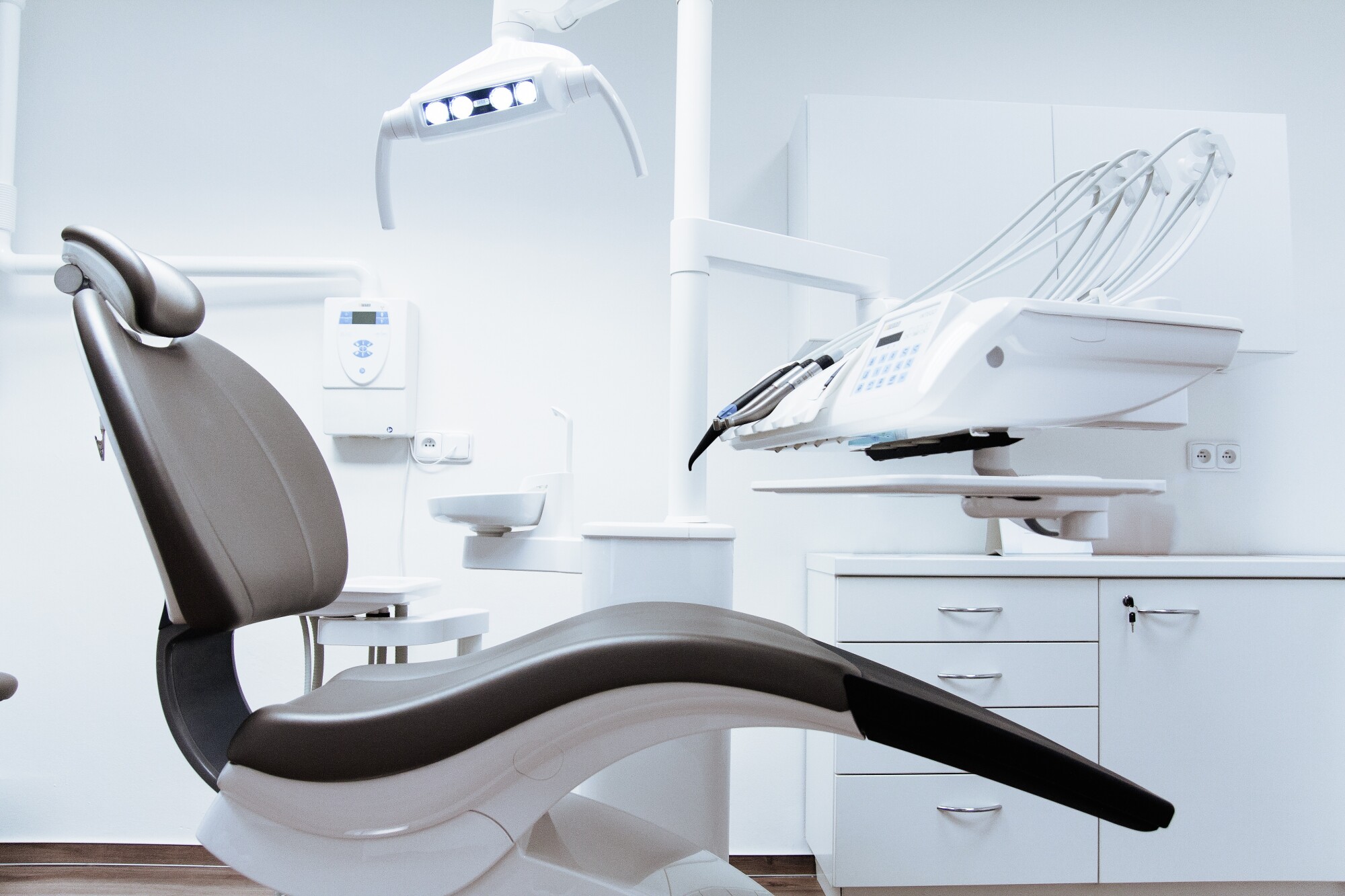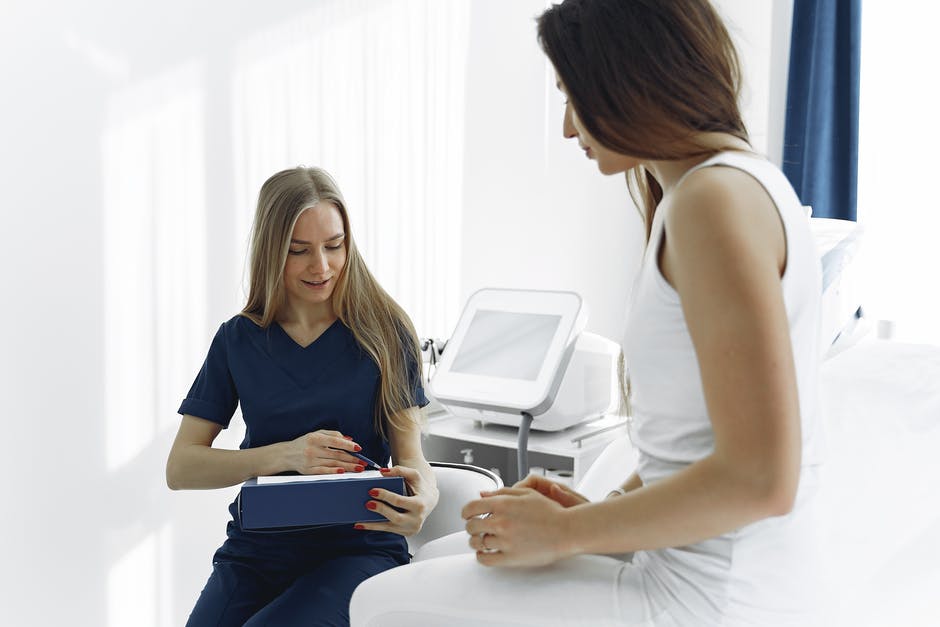How to Get Opiates out of Your System: A Guide on the Withdrawal Process

Between 8% and 12% of people find themselves addicted to their prescription opiates. Are you one of them? If the answer to that question is yes, you need to seek treatment for your opioid use disorder before it gets out of hand.
Yet with so many scary stories about opiate withdrawals, you may feel more comfortable detoxing in the comfort of your own home. That’s why we’ve created this guide to everything you need to know about opiate detoxification at home.
Wondering how to get opiates out of your system? Keep reading to learn about the methods you need to use and the withdrawal symptoms you should expect.
How to Get Opiates out of Your System
When it comes to treating your opioid addiction, the length of time it will take to detox and the severity of your withdrawal symptoms depend on how long you’ve been addicted. It also depends on the specific opiate you’re addicted to since each has a different half-life and is exuded from the body within different timelines.
Detoxification can occur either cold turkey or with the assistance of methadone or suboxone. Methadone maintenance and suboxone treatments are not recommended for treating opiate addiction on your own. The method you would use at home then is cold turkey detoxing.
However, be aware that the likelihood of relapse is much higher for individuals who go cold turkey without medical supervision.
With cold turkey detoxification, you stop taking all forms of opiates. Some medical experts recommend using blood pressure medication like clonidine to shorten the length of the withdrawal period. Before adding a hypertension medication to your detox, consult a medical expert.
During your detox period, you’ll experience the symptoms of opioid withdrawal. While these symptoms aren’t life-threatening, they are incredibly uncomfortable. Here’s what to expect.
Withdrawal Symptoms
Withdrawal symptoms are typically the exact opposite of the drug’s effects. For example, prescription opiates are used to numb pain, reduce anxiety, and increase pleasurable feelings. That means you can expect the opposite—pain, anxiety, and unpleasant feelings—during the withdrawal period.
More symptoms associated with opiate withdrawal include both physical and psychological indications like:
- Flu-like symptoms
- Insomnia
- Nausea and vomiting
- Chills
- Diarrhea
- Cramps
These symptoms appear in two different stages called early and late withdrawal stages. To learn more about when to expect what symptoms, check out a more in-depth look at the opiate withdrawal timeline you can expect during detox.
Find a Rehabilitation Center Today
If you’re struggling with how to get opiates out of your system at home, it may be time to seek help from a rehabilitation center. Locate a rehabilitation center near you to find the peace of mind and support you need to battle your prescription opiate addiction.
Looking for more tips about how to live a healthy, happy lifestyle? Check out Minority Health’s blog for advice on stretch marks, acne, probiotics, and so much more.



